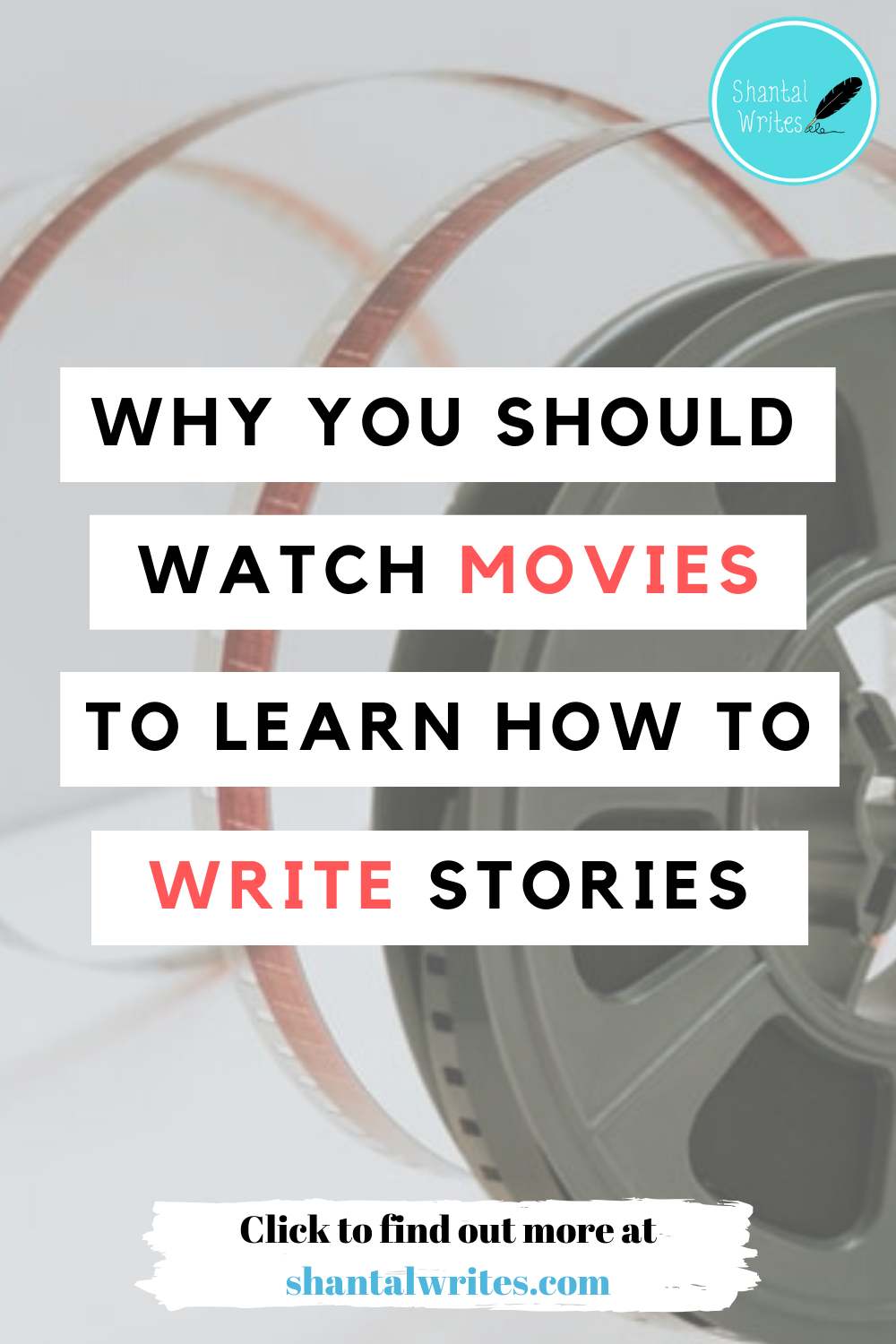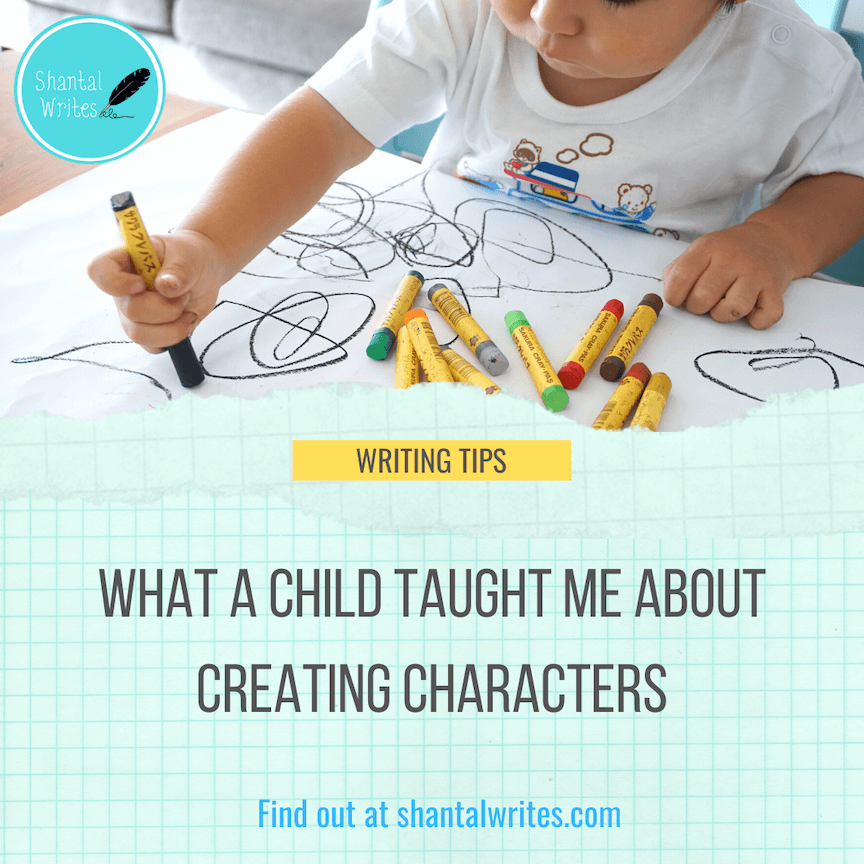
No matter what kind of format you want to write in, whether it’s books or scripts, every writer should spend some time learning story structure. There are many ways to do this, but one particularly helpful way is to study movies.
Why movies? Movies are visual and compact: a story unfolds visually from beginning to end within two hours. This means that it’s easier to observe the execution of a number of storytelling elements in a short amount of time.
Here is what you can learn about movies to help you write satisfying stories you can be proud of.
Warning: some spoilers to the movie The Truman Show (1998)
Character and Character Arcs

Some movies provide good examples of characters and their development. Movies shows us what a character is like, what they want, what they fear and what they believe in. These four things play a role in a characters choices throughout a film. A character arc is the path a character takes to grow or change. It’s the internal journey of a story that provides us with emotional connection.

A movie that provides a good example of character and character arc is The Truman Show. Our protagonist, Truman (Jim Carrey) is a white collar insurance salesman in a perfect seaside town. However, he’s not completely satisfied with his seemingly perfect life and longs to go to Fiji to meet the woman he secretly loves. Truman goes through a journey to find the truth and overcome his fears to ultimately get what he wants.
The next time you watch a movie, pay attention the protagonist(s) and observe their path to change. Where do they start off? How are they dissatisfied with their life? How do they change by the end? Do they act according to their personality, desires, fears and beliefs?
Story Hooks

Most movies have “hooks”. A hook is the thing that grabs your interest and urges you to keep watching a movie. It’s usually an interesting, out-of-the-ordinary situation that makes you want to watch a movie. For The Truman Show, the hook is that Truman is a man living in a TV show, but he doesn’t know it. Do you see how interesting that is? It captures your attention because it is an extraordinary situation. How is he living in a TV show? How does a person live a life on TV and doesn’t know it?
You can learn how to create or find the hook of your stories by observing movie hooks. Go through each movie you’ve watched and ask yourself, what is the hook of this movie?
Plot
Movies are a good snapshot of plot. Most of them follow story beats or moments of great tension or change. Save the Cat by Blake Snyder outlines a plotting pattern that can be observed in most Hollywood productions. Take the time to observe how a movie starts. How it’s takes a certain amount of time to introduce character and their world. Observe when a situation disrupts their daily lives and makes it impossible to go back to how things were. Watch as they try to resolve the conflict that arises from this strange new situation. You’ll see as characters go through a set of trials that result in false wins or disastrous failures until, at the climax, they make an important decision that puts an end to their problems. Study how these movies begin and end and you’ll have an understanding of the structure of plot.
Show vs Tell

Movies can’t tell us how a character is feeling or tell the us the actions that are taking place—we are shown these things. For instance, when a character is suspicious of another, their suspicion is shown to us. This can be via a facial expression, a character gossiping about the other or even going as far as snooping or investigating. Showing vs telling goes for written stories as well. Practice observing how movies show you subtext, emotions, and actions. Then practice showing in your own writing.
Theme
Movies can also be a great examples of theme. Most stories have some kind of message, statement or question to pose for its audience. In The Truman Show one theme the movie explores is the power of fear. This theme lives through every aspect of the film. From the setting (a perfectly structured and controlled environment set up for Truman to live in) to Truman himself (he has a fear of water and being honest about what he wants). Truman starts off living a very safe life, until something comes crashing from the sky and nearly smashes over his head—the beginning of Truman realizing that the world around him is not what it seems and that danger, can not be avoided. We watch as the producers work to keep Truman from learning the truth by triggering his fears. Because fear usually keeps us from exploring, from trying something new and from choosing happiness.
So, the next time you watch a movie, look for the message it’s trying to send. What does the character learn by the end of the film? What did you walk away with?
Practice
Before you write your next story, take the time to watch movies. Choose movies in your genre and observe how the elements above are executed. Take notes! And practice writing each of these elements in your own work.
Do you watch movies to learn storytelling? How do they help you tell stories? Tell me about it in the comments below!

Hi! Shantal here. I’m a writer and a storyteller. I created Shantal Writes to share my experiences with writing fiction. I also provide new writers with tips, tools, and writing advice. I hope you find something helpful while you’re here!
More On Shantal Writes




